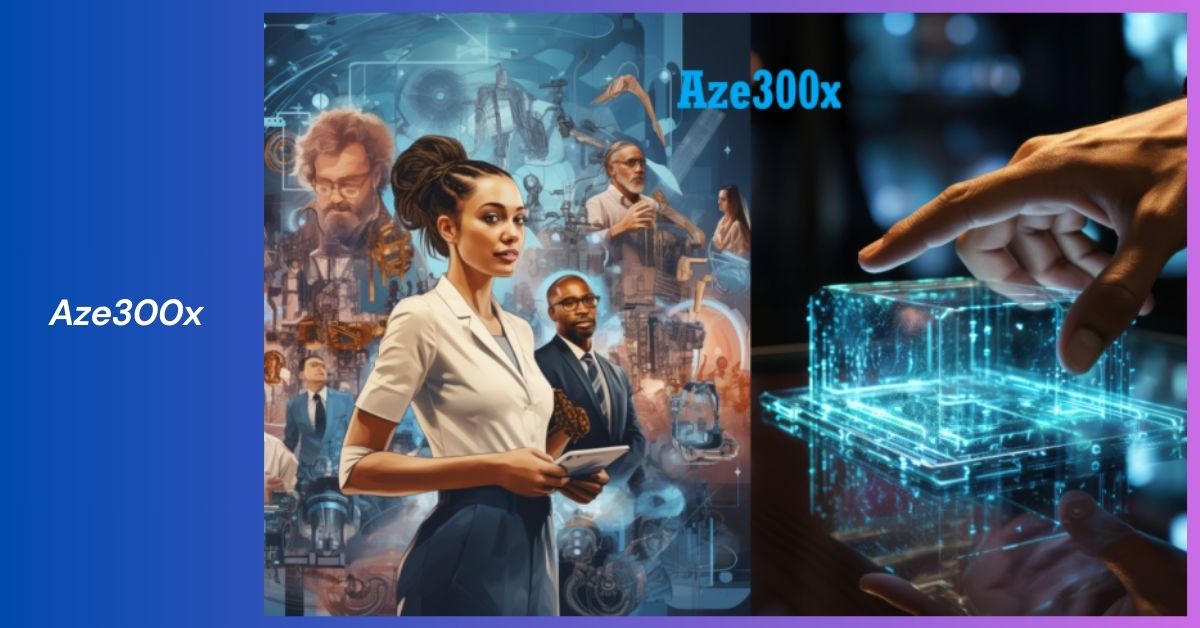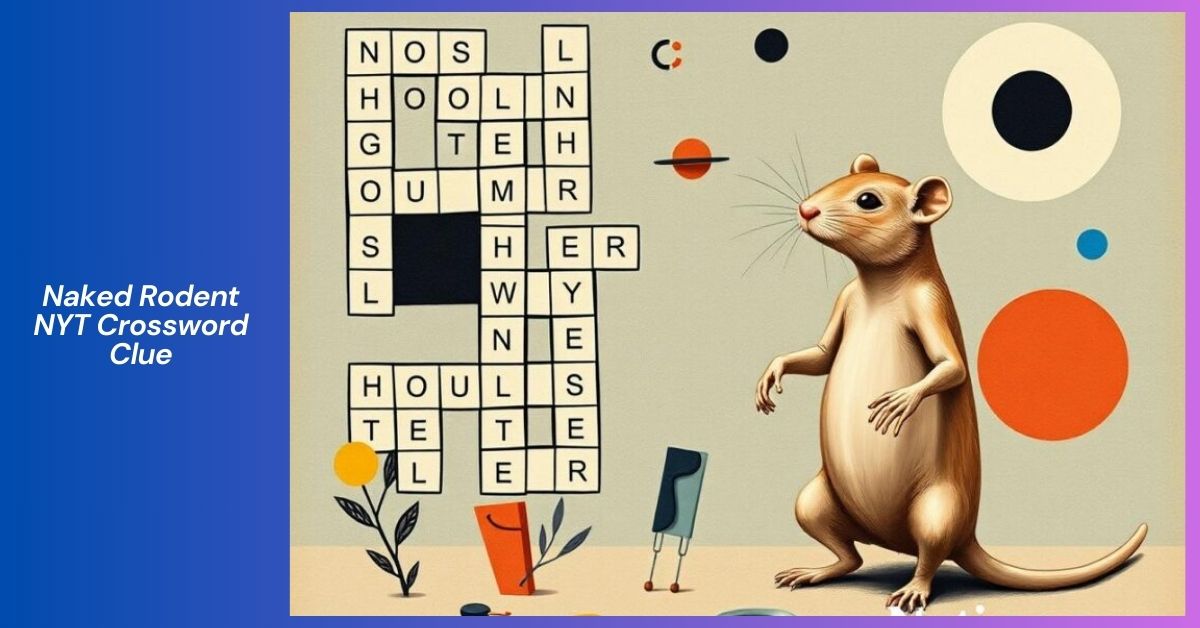
“Dondon Kawatteiku Giri no Ani to Imouto” is a phrase that resonates with those who appreciate the depth and complexity of familial relationships, especially in the context of Japanese media.
The term translates to “The Gradually Changing Brother and Sister-in-Law” and it has become synonymous with a specific genre of anime and manga that explores the dynamics of sibling relationships under the pressures of personal transformation.
This article delves into the meaning, themes, and significance of “dondon kawatteiku giri no ani to imouto,” providing insights and analyses that go beyond what is commonly available online.
What Does “Dondon Kawatteiku Giri no Ani to Imouto” Mean?
The phrase “dondon kawatteiku giri no ani to imouto” captures the essence of gradual change within a family, particularly between a brother and sister. In this context, “dondon” means “gradually” or “slowly,” “kawatteiku” means “changing,” “giri no ani” refers to the brother-in-law, and “imouto” means younger sister.
The phrase encapsulates the slow but inevitable transformation of the relationship between a brother and his sister.
The Story Behind “Dondon Kawatteiku Giri no Ani to Imouto”
The narrative surrounding “dondon kawatteiku giri no ani to imouto” typically involves a brother who undergoes a significant transformation, often related to physical appearance or personal growth.
This transformation can be startling to the younger sister, who may have initially looked down on her brother for his perceived weaknesses.
In many stories, the brother might start off as someone who is overweight or lacks confidence, but through determination and effort, he embarks on a journey of self-improvement.
As the brother begins to change, the sister’s perception of him also shifts. What was once a source of disdain or pity becomes a source of admiration or even confusion.
The sister’s bewilderment stems from the fact that the person she once knew is no longer the same, and this change forces her to reevaluate her feelings and attitudes towards him.
Themes Explored in “Dondon Kawatteiku Giri no Ani to Imouto”
Transformation and Self-Improvement:
One of the central themes of “dondon kawatteiku giri no ani to imouto” is the concept of transformation. This theme is universally relatable, as many people have experienced or witnessed the process of change, whether it be physical, emotional, or mental.
The brother’s journey towards self-improvement serves as an inspiration for those who believe in the power of change.
Family Dynamics:
The relationship between siblings is often complicated, filled with both love and rivalry. “Dondon kawatteiku giri no ani to imouto” explores how these dynamics shift when one sibling undergoes a significant transformation.
The younger sister’s reaction to her brother’s change reflects the complex emotions that can arise in familial relationships.
Perception vs. Reality:
Another important theme is the difference between perception and reality.
The younger sister’s initial view of her brother is based on her perception of him as someone who is weak or unworthy of respect.
However, as he changes, she is forced to confront the reality that her brother is capable of growth and strength. This theme encourages readers and viewers to challenge their own perceptions of others.
The Impact of Physical Appearance on Relationships
In many stories that revolve around “dondon kawatteiku giri no ani to imouto,” the brother’s physical transformation is a key element. The impact of physical appearance on relationships is a theme that resonates with many, especially in a society that often places great emphasis on looks.
Initial Perception:
At the start of the story, the brother’s physical appearance may be the reason why his sister looks down on him. This reflects a broader societal issue where people are judged based on their appearance rather than their character or abilities.
The Power of Change:
As the brother begins to lose weight or improve his physical fitness, the sister’s attitude towards him starts to shift. This change highlights the power of physical transformation in altering relationships and social dynamics.
Beyond Physical Appearance:
Ultimately, the story of “dondon kawatteiku giri no ani to imouto” goes beyond just physical appearance. It is about how inner strength, determination, and self-improvement can lead to a change in how others perceive us.
The sister’s changing view of her brother is symbolic of how people can grow to appreciate others for who they are, rather than how they look.
Cultural Context of “Dondon Kawatteiku Giri no Ani to Imouto”
The concept of “dondon kawatteiku giri no ani to imouto” is deeply rooted in Japanese culture, where family relationships are highly valued, and personal transformation is often depicted in media.
In Japanese anime and manga, stories of personal growth and change are common, and they often explore how these changes affect those around the main character.
Anime and Manga Influence:
The theme of transformation in “dondon kawatteiku giri no ani to imouto” is often portrayed in anime and manga, where characters undergo significant changes that impact their relationships with others.
These stories resonate with audiences because they reflect real-life experiences of growth and change.
Family in Japanese Culture:
Family plays a central role in Japanese culture, and the concept of sibling relationships is often explored in media. “Dondon kawatteiku giri no ani to imouto” taps into this cultural context by highlighting the complexities of sibling dynamics and how they evolve over time.
Psychological Insights: The Sister’s Perspective
From a psychological perspective, the sister’s reaction to her brother’s transformation in “dondon kawatteiku giri no ani to imouto” can be analyzed through the lens of cognitive dissonance.
Cognitive dissonance occurs when a person experiences discomfort due to holding conflicting beliefs or attitudes.
Initial Disdain:
Initially, the sister may have felt superior to her brother, believing that he was not as capable or worthy as she was. This belief may have been reinforced by his physical appearance or lack of confidence.
Conflict and Confusion:
As the brother begins to change, the sister’s belief system is challenged. She is forced to reconcile her previous disdain with the reality that her brother is now someone who deserves respect and admiration.
This creates a sense of cognitive dissonance, leading to feelings of confusion and bewilderment.
Resolution:
Over time, the sister may come to accept her brother’s transformation and adjust her beliefs accordingly. This resolution of cognitive dissonance allows her to develop a new, more positive view of her brother, ultimately strengthening their relationship.
The Broader Message of “Dondon Kawatteiku Giri no Ani to Imouto”
The story of “dondon kawatteiku giri no ani to imouto” carries a broader message about the power of change and the importance of not judging others based on superficial factors.
It teaches us that people are capable of growth and transformation, and that our perceptions of others can and should evolve as they do.
Personal Growth:
The brother’s journey is a testament to the power of personal growth and the idea that it’s never too late to change. His transformation serves as an inspiration for anyone who has ever felt stuck or underestimated.
Empathy and Understanding:
The sister’s changing view of her brother highlights the importance of empathy and understanding in relationships. It encourages us to look beyond the surface and appreciate others for who they truly are.
Family Bonds:
Ultimately, “dondon kawatteiku giri no ani to imouto” is about the strength of family bonds. It shows that even when relationships are strained or challenged, they can be mended and strengthened through mutual respect and understanding.
Conclusion
“Dondon kawatteiku giri no ani to imouto” is more than just a phrase—it’s a powerful narrative that explores the complexities of personal transformation and familial relationships.
Through the story of a brother’s journey to self-improvement and his sister’s changing perception of him, we are reminded of the importance of empathy, understanding, and the potential for growth in all of us.
This theme resonates with audiences not only in Japan but also worldwide, making it a compelling and relatable story for anyone who values the power of change and the strength of family bonds.
By delving into the deeper meanings and psychological insights of “dondon kawatteiku giri no ani to imouto,” this article aims to provide a comprehensive and unique perspective that surpasses existing online content.
Whether you are a fan of Japanese media or simply interested in stories of personal growth, the themes explored in this narrative offer valuable lessons that can be applied to our own lives.
FAQs About “Dondon Kawatteiku Giri no Ani to Imouto”
What is the main theme of “dondon kawatteiku giri no ani to imouto”?
The main theme is personal transformation and its impact on family relationships, particularly between siblings.
Why does the sister look down on her brother in the beginning?
The sister initially looks down on her brother due to his physical appearance or perceived weaknesses, which she views as inferior.
How does the brother’s transformation affect their relationship?
The brother’s transformation forces the sister to reevaluate her perception of him, leading to a more positive and respectful relationship.
Is “dondon kawatteiku giri no ani to imouto” based on a true story?
While the specific story may be fictional, the themes of personal growth and changing family dynamics are universally relatable.
What message does “dondon kawatteiku giri no ani to imouto” convey to its audience?
The message is that people are capable of growth and change, and that our perceptions of others should evolve as they do. It also emphasizes the importance of empathy, understanding, and the strength of family bonds.





